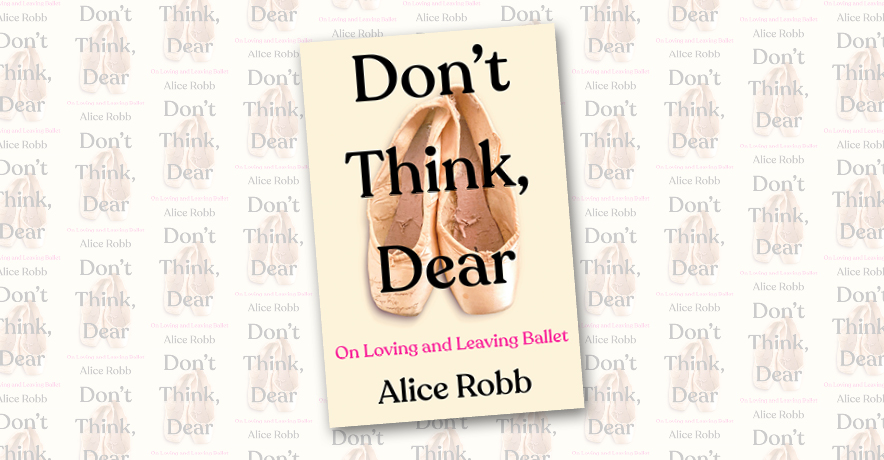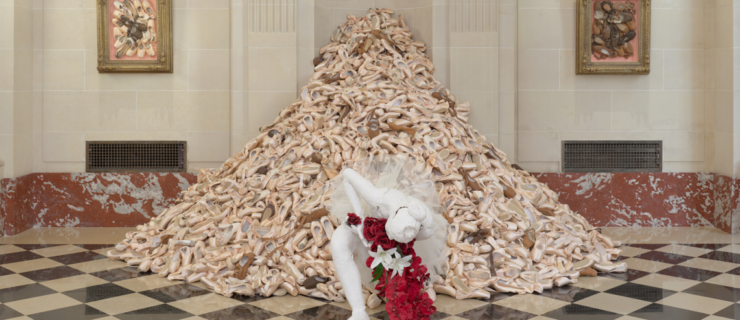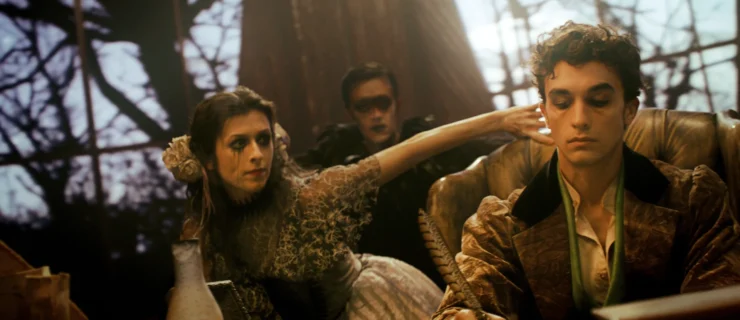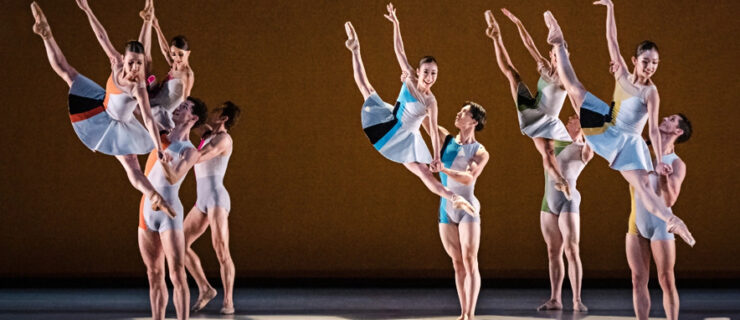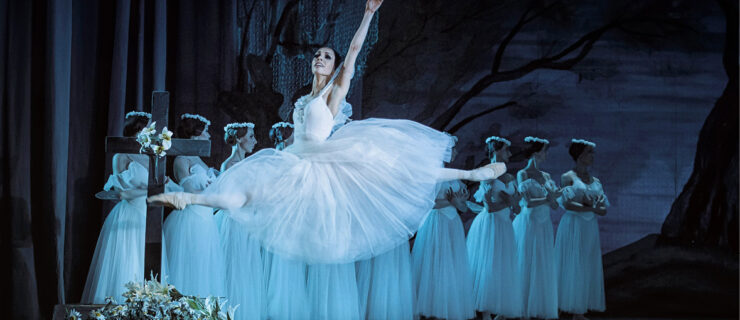Alice Robb Chats About Her New Book, Don’t Think Dear: On Loving and Leaving Ballet
Alice Robb’s Don’t Think, Dear: On Loving and Leaving Ballet (Mariner Books, $29.99) opens a window into ballet’s behind-the-scenes mysteries. Part memoir, part reportage, the book explores George Balanchine’s artistic legacy, as well as the physical and technical issues surrounding the art: blinding pain, unrealistic body expectations that encourage disordered eating, complex hurdles to ambition that both liberate and restrict, and what happens when life onstage is more controlled and ordered than real life. Robb, a trained dancer, brings analysis, intelligence and a feminist lens to this insightful book. Pointe caught up with her by email.
Could you tell us about your dance training?
I took my first “baby ballet” classes around age 3, and it was a gradual escalation from there. I auditioned twice, unsuccessfully, before I got into School of American Ballet, at age 9. I was thrilled to dance a small role in The Nutcracker and rub shoulders with real dancers. But within a couple of years, I was falling behind—my body wasn’t developing the right way—and at 12, I was kicked out. For a few years, I harbored a fantasy of proving my SAB teachers wrong, and kept training at various less prestigious schools. But eventually I had to accept that it was just not looking like I would have a career in ballet. And without a career as a realistic possibility, I couldn’t justify the time and effort and pain of continuing to train.
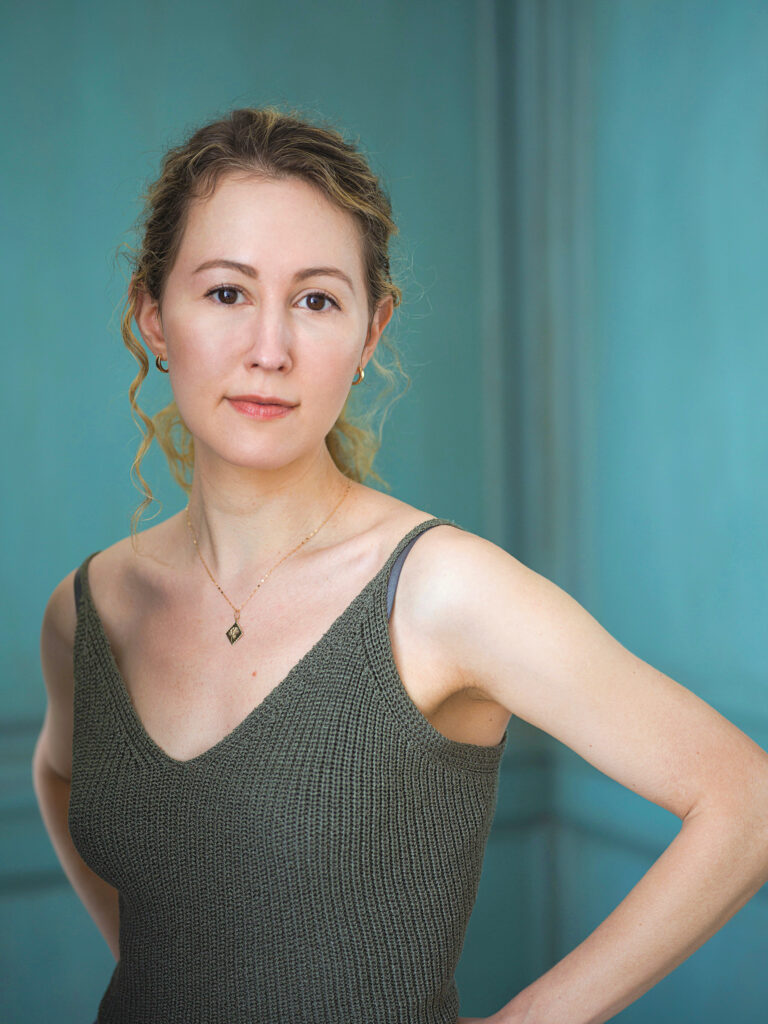
Can you tell us how you came to writing?
Writing was always my “other” thing. Even when I was sure I wanted to be a ballet dancer, I was still reading all the time and keeping journals (which turned out to be very useful in writing Don’t Think, Dear).
Is it significant that you waited to write this book?
I quit ballet at 15 and was not ready to think about my dance experience for years. Throughout high school and college and into my 20s, I tried to avoid the subject; it was too painful. It was only after I had published my first book in 2018 when an old SAB friend reached out. As we compared memories, I started thinking more about how ballet had shaped my childhood and affected me as an adult.
How did you do the research?
The research for this book barely felt like work. I read books I wanted to read anyway—ballet memoirs and biographies, as well as books about girlhood, masochism and feminist psychology. I rewatched the ballet movies I had grown up on (Center Stage!) plus the ones I’d missed (The Red Shoes, Suspiria). I spent some time digging through my own memories and asked my parents how they recalled certain events in my childhood.
The other main part of the research was reconnecting with several old classmates from SAB. I was able to follow them through their late 20s and early 30s, as their lives and careers and feelings about ballet evolved.
Who do you hope your audience will be for this book and why?
I hope my book will resonate first with anyone who ever dreamed of becoming a ballet dancer, and also with a broader audience among women, especially young women. Issues that haunt dancers—how to succeed where it’s mostly men in charge; how to cope with looking at yourself in the mirror all day and being judged on your appearance; how to survive a culture that doesn’t want you to speak up—will, sadly, be relatable to most women in our society.
Are there particular dance writers that you admire?
Here are a few favorites:
- Bunheads, [a novel] by former NYCB dancer Sophie Flack, is an immersive page-turner, dropping you right into the grueling yet beautiful world of the corps.
- The French novelist Camille Laurens wrote a mixed-genre meditation, Little Dancer Aged Fourteen, about the life of the Paris Opéra student who inspired Degas’ iconic sculpture.
- Noel Streatfeild’s 1936 novel, Ballet Shoes—one of the first ballet books I ever read, and which I reread last year—a wonderfully romantic depiction of both childhood and ballet.
Do you have advice for dancers who might want to write about their art and their work?
Read! I read everything as a child. I didn’t study English or creative writing or do an MFA. I studied archaeology and anthropology in college and then went straight into journalism. I spent a couple of years in the blogging trenches, where I got faster and let go of my perfectionism. The main constant, through different jobs and stages of my career, was reading the type of writing I hoped to one day produce.
When I started writing professionally, my relationship with reading changed. On the plus side, I didn’t feel guilty about making time to read—it’s part of my job! But it also complicated my relationship with certain genres. While I was working on Don’t Think, Dear, I couldn’t enjoy memoirs; they felt too much like work.
What’s next?
My two books so far have been pretty different from each other. My first, Why We Dream, was a work of science journalism; the reporting involved visiting labs and interviewing dreams researchers, versus revisiting my own memories and interviewing old classmates. I’m now working in a new genre for me.
